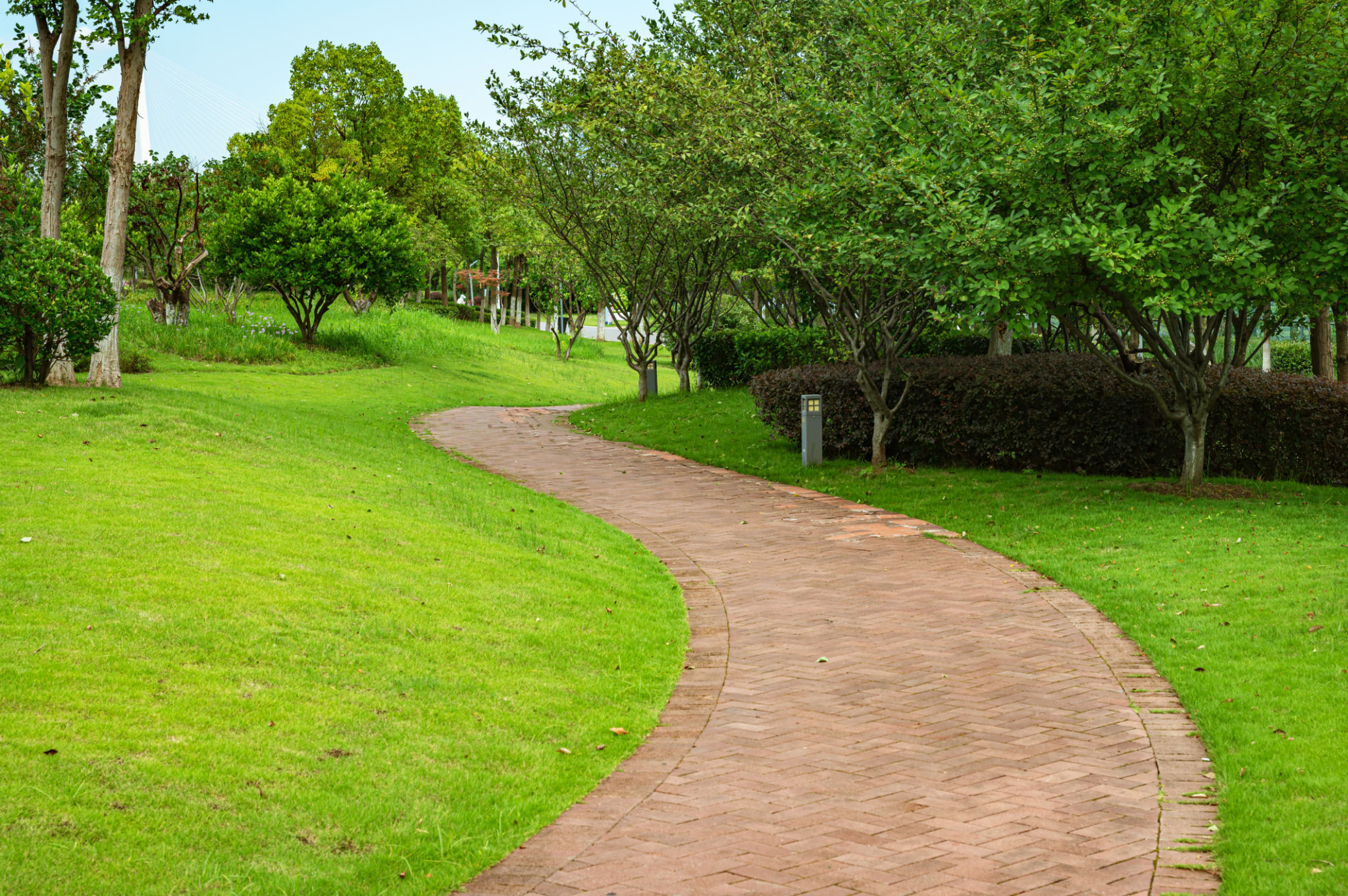Comprehensive Guide to Landscape Design in Hamilton
Landscape design is an essential component for enhancing the aesthetic and functional appeal of any property. In Hamilton, a city known for its natural beauty and vibrant community, creating a landscape that complements the environment can significantly boost your property's value and enjoyment.
Whether you're a homeowner looking to revamp your garden or a business owner aiming to create an inviting exterior, understanding the basics of landscape design can be incredibly beneficial. This guide will walk you through the key elements to consider when designing your landscape in Hamilton.

Understanding Your Landscape
Assessing the Space
The first step in landscape design is to assess the available space. Consider the size, shape, and unique features of your outdoor area. Take into account existing structures, plant life, and any natural elements such as hills or water features. Understanding these aspects will help you plan a design that fits harmoniously with the surroundings.
Climate Considerations
Hamilton's climate plays a crucial role in determining the types of plants and materials suitable for your landscape. With its distinct seasons, selecting plants that thrive in both warm summers and cold winters is essential. Native plants are often a great choice as they are well-adapted to local conditions and require less maintenance.

Design Elements
Hardscaping
Hardscaping refers to the non-plant elements of landscape design, such as pathways, patios, and retaining walls. These features add structure and functionality to your outdoor space. When choosing materials, consider options that complement your home's architecture and the natural environment.
Softscaping
Softscaping involves the use of plants and other organic materials to create a balanced and inviting environment. Selecting a mix of trees, shrubs, flowers, and groundcover can enhance the visual appeal and provide year-round interest. Consider the growth habits and maintenance needs of each plant to ensure they suit your lifestyle.

Incorporating Water Features
Ponds and Fountains
Water features like ponds and fountains can add a sense of tranquility and elegance to your landscape. They attract wildlife and create a peaceful ambiance that enhances outdoor living spaces. When planning water features, consider the location, size, and maintenance requirements.
Sustainable Practices
Incorporating sustainable practices in your landscape design can benefit both the environment and your budget. Consider rain gardens or permeable paving solutions that help manage stormwater runoff. Implementing energy-efficient lighting and irrigation systems can also reduce resource consumption.
Final Touches
Outdoor Living Spaces
Creating outdoor living spaces is an excellent way to extend your home's living area. Design areas for dining, relaxation, or entertainment by incorporating comfortable seating, cooking facilities, or fire pits. These elements can transform your garden into a versatile space for various activities.
Regular Maintenance
A well-maintained landscape not only looks good but also remains healthy over time. Regular tasks such as mowing, pruning, and weeding are essential to keep your garden thriving. Establish a maintenance schedule or consider hiring professional services to ensure your landscape remains beautiful all year round.

